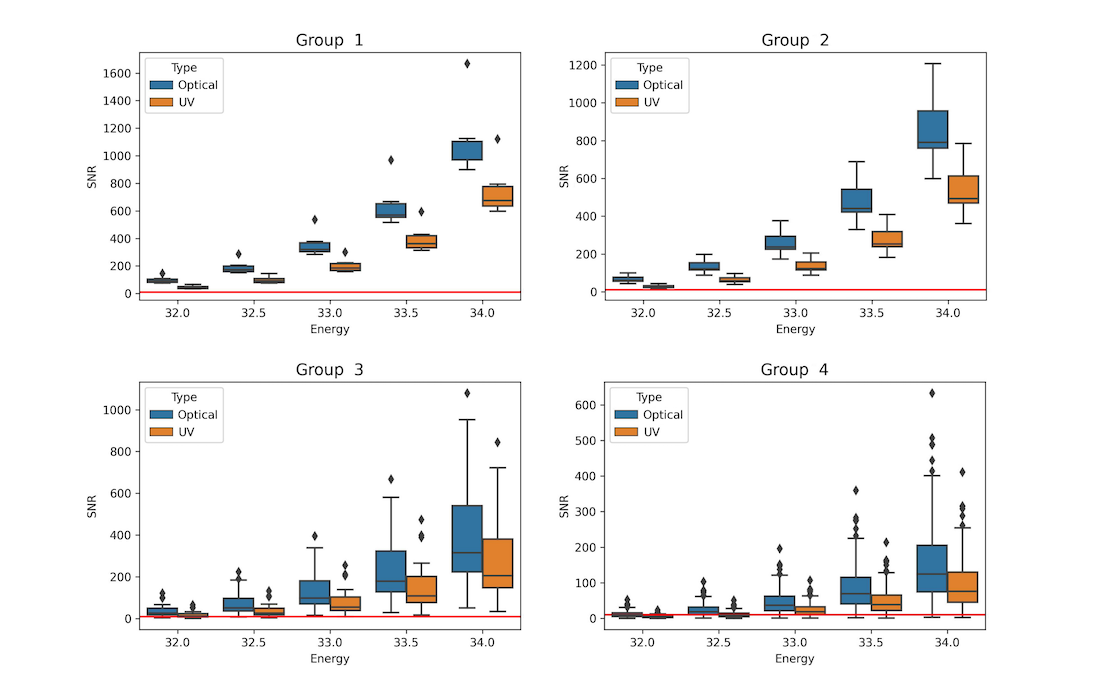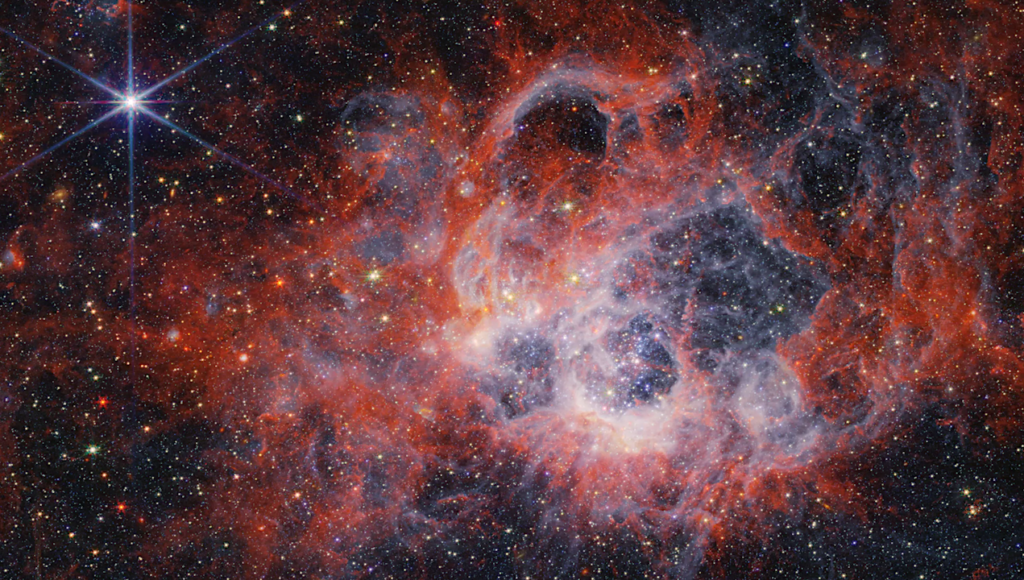Observing M Dwarfs UV and Optical Flares From A CubeSat And Their Implications For Exoplanets Habitability

M dwarfs show the highest rocky planet occurrence among all spectral types, in some instances within the Habitable Zone.
Because some of them are very active stars, they are often subject to frequent and powerful flaring, which can be a double-edged sword in regard of exoplanet habitability. On one hand, the increased flux during flare events can trigger the chemical reactions that are necessary to build the basis of prebiotic chemistry.
On the other hand, sufficiently strong flares may erode exoplanets’ atmospheres and reduce their UV protection. Recent observations of flares have shown that the flaring flux can be x100 times stronger in UV than in the optical. UV is also preferable to constrain more accurately both the prebiotic abiogenesis and the atmospheric erosion.
For these reasons, we are developing a CubeSat payload concept to complement current flare surveys operating in the optical.
This CubeSat will observe a high number of flaring M dwarfs, following an all-sky scanning law coverage, both in the UV and the optical to better understand the different effective temperatures as wavelengths and flaring status go.
This will complement the bright optical flares data acquired from the current ground-based, high-cadence, wide FoV surveys. Another scientific planned goal is to conduct few-minute after-the-flare follow-up optical ground-based time-resolved spectroscopy, that will be triggered by the detection of UV flares in space on board of the proposed CubeSat.
Finally, the study of M dwarfs stellar activity in the UV band will provide useful data for larger forthcoming missions that will survey exoplanets, such as PLATO, ARIEL, HabEx and LUVOIR.
Julien Poyatos, Octavi Fors, José Maria Gómez Cama
Comments: 10 pages, 5 figures. Manuscript presented at the 73rd International Astronautical Congress, IAC 2022, Paris, France, 18 – 22 September 2022
Subjects: Instrumentation and Methods for Astrophysics (astro-ph.IM); Earth and Planetary Astrophysics (astro-ph.EP); Solar and Stellar Astrophysics (astro-ph.SR)
Cite as: arXiv:2302.12566 [astro-ph.IM] (or arXiv:2302.12566v1 [astro-ph.IM] for this version)
https://doi.org/10.48550/arXiv.2302.12566
Focus to learn more
Journal reference: IAC-2022, B4, IP, 33, x70034
Submission history
From: Julien Poyatos
[v1] Fri, 24 Feb 2023 10:33:28 UTC (2,587 KB)
https://arxiv.org/abs/2302.12566
Astrobiology








